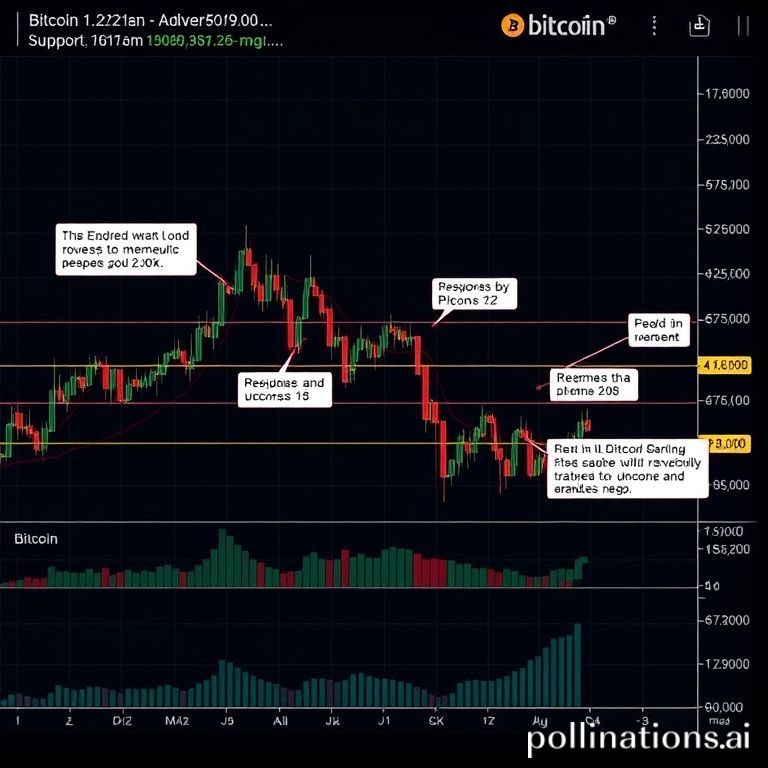
The cryptocurrency market has recently undergone a notable downturn, with major digital assets like Bitcoin (BTC), Ethereum (ETH), and Dogecoin (DOGE) experiencing substantial selling pressure. Despite the prevalence of red candles across market charts, a prominent crypto analyst has identified critical indicators suggesting that this unexpected market correction might be laying the groundwork for a significant rebound as the final quarter of the year approaches. This analysis delves into the forces behind the current decline and explores why these very pressures could be signaling a lucrative opportunity for investors.
Understanding the Recent Crypto Market Decline
According to Ash Crypto, a respected market analyst, the ongoing market contraction is a confluence of several macroeconomic and technical elements. In a detailed post shared on X (formerly Twitter) earlier this week, he elucidated that one of the most immediate and impactful drivers of this selling pressure is the impending options expiry event. With an estimated $23 billion in Bitcoin and Ethereum options nearing their expiration date, market volatility has naturally heightened. Such events often lead to increased trading activity and price fluctuations as large players position themselves.
Ash Crypto further emphasized that institutional investors, often referred to as 'whales' due to their substantial holdings, are actively manipulating the market to steer prices towards what is known as the “max pain” point. This strategy aims to cause the maximum financial loss for the largest number of options holders. Currently, these whales appear to be pushing Bitcoin's price close to $110,000, Ethereum towards $3,700, and Dogecoin down to approximately $0.23. This strategic downward pressure has, predictably, instigated widespread panic selling among retail investors, exacerbating the overall market decline and creating a ripple effect across the crypto ecosystem.
Broader Macroeconomic Headwinds
Beyond the immediate technical factors, the crypto market is also grappling with potential threats emanating from the United States government. The looming possibility of a government shutdown, with a reported 67% probability of occurring by October 1, 2025, has significantly rattled investor sentiment. Historically, periods of government shutdowns have often coincided with corrections in both traditional equity markets and, consequently, the nascent crypto markets. The current environment mirrors these past trends, with uncertainty contributing heavily to the bearish outlook as investors brace for potential economic disruptions.
Furthermore, surprisingly robust US GDP growth data has paradoxically added another layer of bearish pressure in the short term. Ash Crypto noted that the Q2 GDP was revised upwards to 3.8% from an initial expectation of 3.3%, indicating strong economic resilience. While robust economic indicators are generally positive for the broader economy, in the context of financial markets, they often signal a reduced likelihood of interest rate cuts by the Federal Reserve (FED). For high-risk assets like cryptocurrencies, the prospect of sustained tighter monetary conditions translates into an immediate sell-off as traders reallocate their portfolios, moving away from riskier assets in anticipation of less accommodative central bank policies.
Why This Dip Could Herald a Significant Bounce
A crucial element contributing to the recent market decline, and simultaneously setting the stage for a rebound, is the behavior of retail investors. Attracted by the rapid growth and excitement surrounding perpetual decentralized exchanges (DEXs), many retail traders had accumulated highly leveraged positions, particularly in altcoins. This concentration of leverage amplified potential volatility. At one point, the Open Interest in altcoins nearly doubled that of Bitcoin, indicating an excessive amount of speculative capital flowing into smaller cap assets. When market sentiment inevitably shifted, this overleveraged environment led to massive liquidations across various exchanges, intensifying the sell-off and accelerating the market's downward spiral.
While such widespread liquidations can be disruptive in the short term, market analysts often view this process as a necessary cleansing mechanism. The unwinding of these overextended, high-leverage positions typically sets the groundwork for a more sustainable market bounce and healthier rallies. By flushing out speculative capital and weak hands, whales and institutional players create a market environment that is more conducive to accumulation. This strategic maneuver allows larger entities to acquire assets at lower prices, effectively absorbing the supply from panicked sellers.
Ash Crypto further elaborated that this cyclical pattern appears to be a deliberate strategy employed by whales to induce panic selling precisely before an anticipated fourth-quarter rally. He highlighted that September began with an optimistic, bullish sentiment, leading many traders to believe that prices would continue their upward trajectory uninterrupted. However, the subsequent sharp corrections served as a calculated reset, effectively shaking out overconfident positions and rebalancing the market. This controlled correction purges the market of froth, creating a more stable foundation for future growth. The anticipation is that once these consolidation phases are complete, the market will be primed for a more robust and sustained upward movement, rewarding those who held through the volatility or strategically accumulated during the dip.
In essence, while the recent beatdown in Bitcoin, Ethereum, and Dogecoin might seem alarming, the underlying factors suggest a sophisticated market dynamic at play. The combination of options expiry, macroeconomic uncertainties, and the flushing out of excessive leverage could be the precise conditions needed for a powerful rebound. As the crypto market navigates these turbulent waters, understanding these forces is key to recognizing the potential for significant opportunities in the upcoming quarter.
